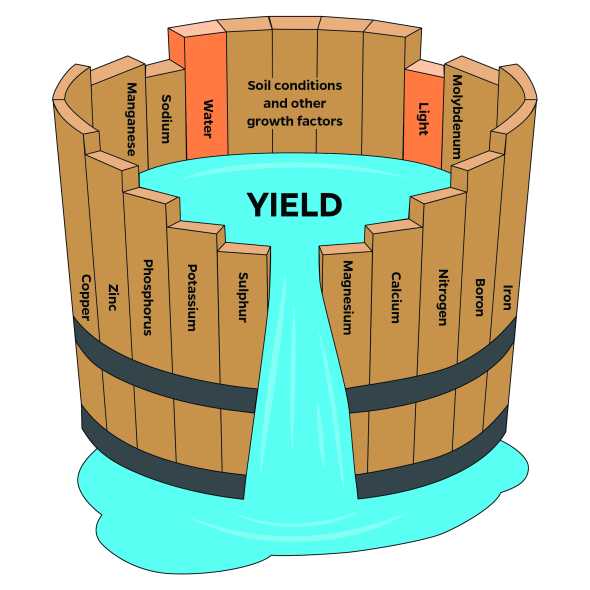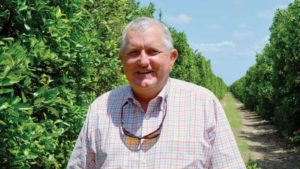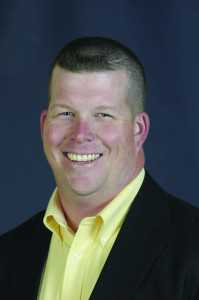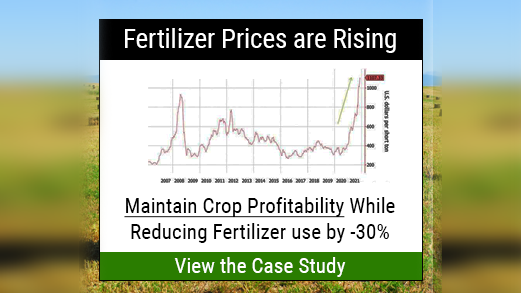How Florida Growers are Fine-Tuning Citrus Fertility
Citrus growers have always scrutinized their plant nutrition programs, but with HLB now in the mix, that scrutiny is on hyperdrive. And the programs are sort of like fingerprints — each different based on individual circumstances. Over the years, growers have honed in approaches that appear to be helping infected trees stay as productive as possible.

The barrel depicting Liebig’s law of the minimum has become a common sight in citrus fertilizer presentations.
Graphic courtesy of UF/IFAS
Sharing Insights
In the spirit of open dialogue to help the industry fight the scourge of HLB, many growers are sharing what is working or not in their fertility programs. Once such grower is Marty McKenna who farms with his brother, Pat. He recently spoke at Florida Citrus Mutual’s Citrus Industry Annual Conference on McKenna Bros.’ fertilizer program and its successes.
He began by crediting Maury Boyd for bringing attention to Liebig’s law of the minimum, which states: the rate of growth of a plant, the size to which it grows, and its overall health depend on the amount of the scarcest of its essential nutrients that is available to it.
Both McKenna and Boyd are past winners of Florida GrowerSM magazine’s Citrus Achievement Award.
“Our situation is we are 100% infected with HLB,” McKenna told conference attendees. “We quickly realized we are not going to stay in business if we spent more than we were taking in. So, we had these two issues as we tried to get in the right direction to stay in business.”
McKenna said his brother Pat drove down to visit Ed English’s grove to observe his program of applying micronutrients to the root system, which was appearing to have success.

Marty McKenna
Photo by Frank Giles
“As he was driving back, Pat called me and said, ‘Marty, I just saw the prettiest Valencia orange grove I have seen in 10 years,’” he said.
After the visit, the brothers began trying figure out a way to duplicate the program on their groves.
“It is not a one size fits all, but the beauty of minor elements applied on the ground in the presence of greening is anybody can try it,” McKenna says. “I think it is important that you can utilize the equipment you already have in groves with this approach.”
The McKennas have been using fertigation for more than 30 years. This guided their program to deliver minor elements to the roots via fertigation. After a lot of trial and error and tracking, they developed a 5-0-7 mix.
“It is basically an all nitrate fertilizer program,” McKenna said. “We alternate this due to the [Liebig’s law of the minimum] with a 5-4-7 mix, which has the boron, molybdenum, and phosphate. So, we are alternating these applications weekly [weather permitting].”
The program is more expensive than more conventional approaches. McKenna said they were backing off a little on nitrogen and would likely be below 200 pounds per acre, or perhaps even less than 150 pounds per acre given the right conditions. The brothers also are dialing back the intensity of their psyllid control applications to free up dollars for the fertilizer program.
McKenna continues to further supplement trees with a foliar nutrition program.
Hybrid Approach
Understanding the importance of root health and providing a steady source of nutrition, Rob Atchley, General Manager of Groves for Duda Citrus Division, and his team have developed a hybrid fertilizer program that focuses on the benefits of controlled-release fertilizers.

Rob Atchley
From 2013 to 2015, Duda put in a number of large plantings. The homogenous prill slow release materials they used were safe enough to put in tree holes at planting and provided a steady source of early nutrition and cut down on leeching.
“By putting it down in the hole, the fertilizer stays right there with the tree, and we’ve had very good luck with,” Atchley says. “Beyond that on the young trees, we use a lot of foliar nutrition, which goes out about every three to four weeks.”
The controlled-release fertilizer and foliar program carried the young trees to about year two. Atchley then moved on to what he calls a hybrid fertilizer approach, which combines conventional fertilizers with controlled-release fertilizers, along with foliar applications. “We apply dry fertilizer at the normal times most growers do (January, April, and October),” he says. “We vary my percentage of controlled-release fertilizer to match the weather patterns for certain times of the year. We also rely heavily on soil and leaf sampling to direct our applications. When you are spending that much on sampling, you don’t really want to use a cookie-cutter approach to fertilization.”
Atchley says the combination of their hybrid fertilizer program and continued strong commitment to psyllid control is paying off in Duda’s groves.










